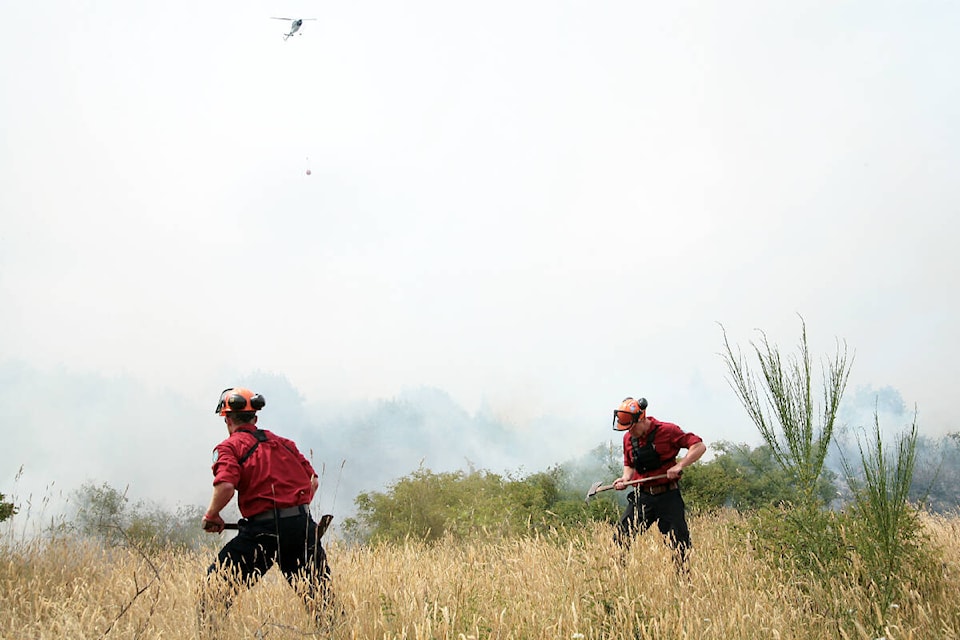This year's wildfire season has already exceeded the 10-year-average for the number of fires and could end up becoming a benchmark for future years.
Figures released from B.C. Wildfire Service show that B.C experienced 1,103 fires from April 1 to Aug. 6 with the 10-year-average being 1,022 fires. Fires so far have burnt 910,976 hectares B��Ԫ������ַ� some 600,000 hectares less than in 2023 year-to-date but almost three times the amount of the 10-year-average.
While experts consider the 2023 wildfire season to be the worst one on record based on various metrics, this year's wildfire season already ranks as the fourth-worst on record with plenty of time still left in the season. But equally telling are the comparisons to the last decade.
"We have to be prepared that this is what our wildfire seasons are going to look like in British Columbia," Cliff Chapman, B.C. Wildfire's director of provincial operations, said.
"We do expect it to be warm and dry most Augusts in B.C., but our fire season started four months ago and we have been active since and we expect it to go into September like we have seen in five of the last seven years. Really, it is a benchmark, if you will...this is what we need to expect in B.C. and we need to put the effort in to really manage this hazard 365 days a year."
Chapman and B.C.'s Emergency Minister Bowinn Ma provided an update on the wildfire situation on Tuesday (Aug. 6).
As of mid-afternoon, 340 wildfires are burning throughout the province, including eight wildfires of note. At this point last year, there were 369 wildfires, 12 of which were wildfires of note.
According to Ma, some 1,000 British Columbians are subject to evacuation orders and another 1,500 are subject to alerts.
She cited the figures during a briefing on the Chilcotin River landslide, noting that all kinds of natural disasters are becoming more frequent and severe.
"We are seeing the impacts of climate change here in British Columbia and we are seeing those impacts across a number of hazards," she said. "It's not just about wildfires. It's also about droughts, it is also about flooding, it's about landslides and debris flows. These kinds of hazards are occurring with greater frequency, with greater intensity, longer duration. We are seeing communities impacted by disasters, one after another, often while they are still recovering from previous disasters."
Forecasts presented Tuesday call for continued periods of hot and dry conditions, making fuels "highly susceptible" to ignition. They also call for persistent thunderstorm activity, gusty winds and a risk of new lightning-caused fire starts.
Last year's fires, which forced tens of thousands to evacuate communities in the Okanagan and Shuswap, started in mid-August.

